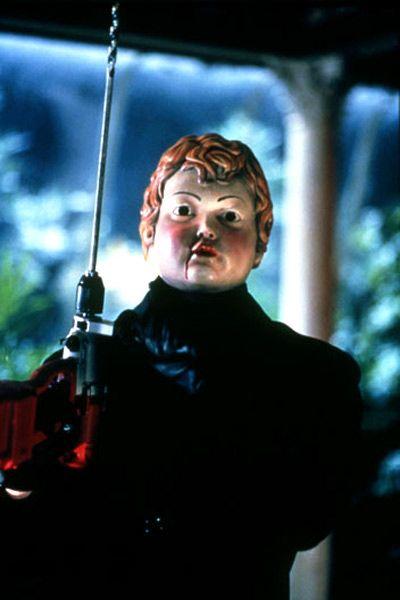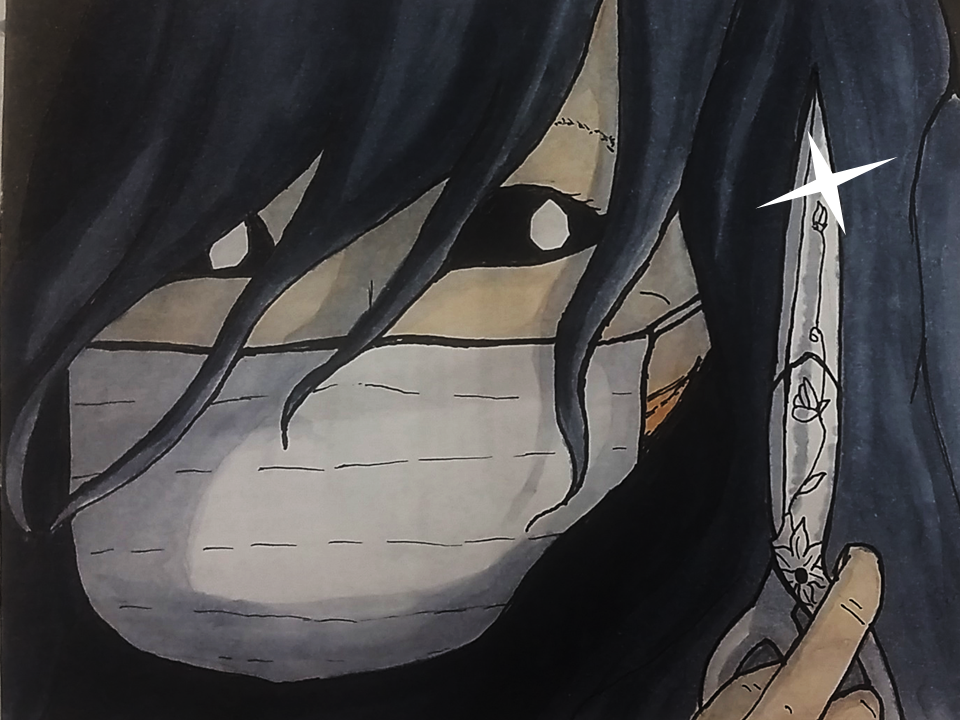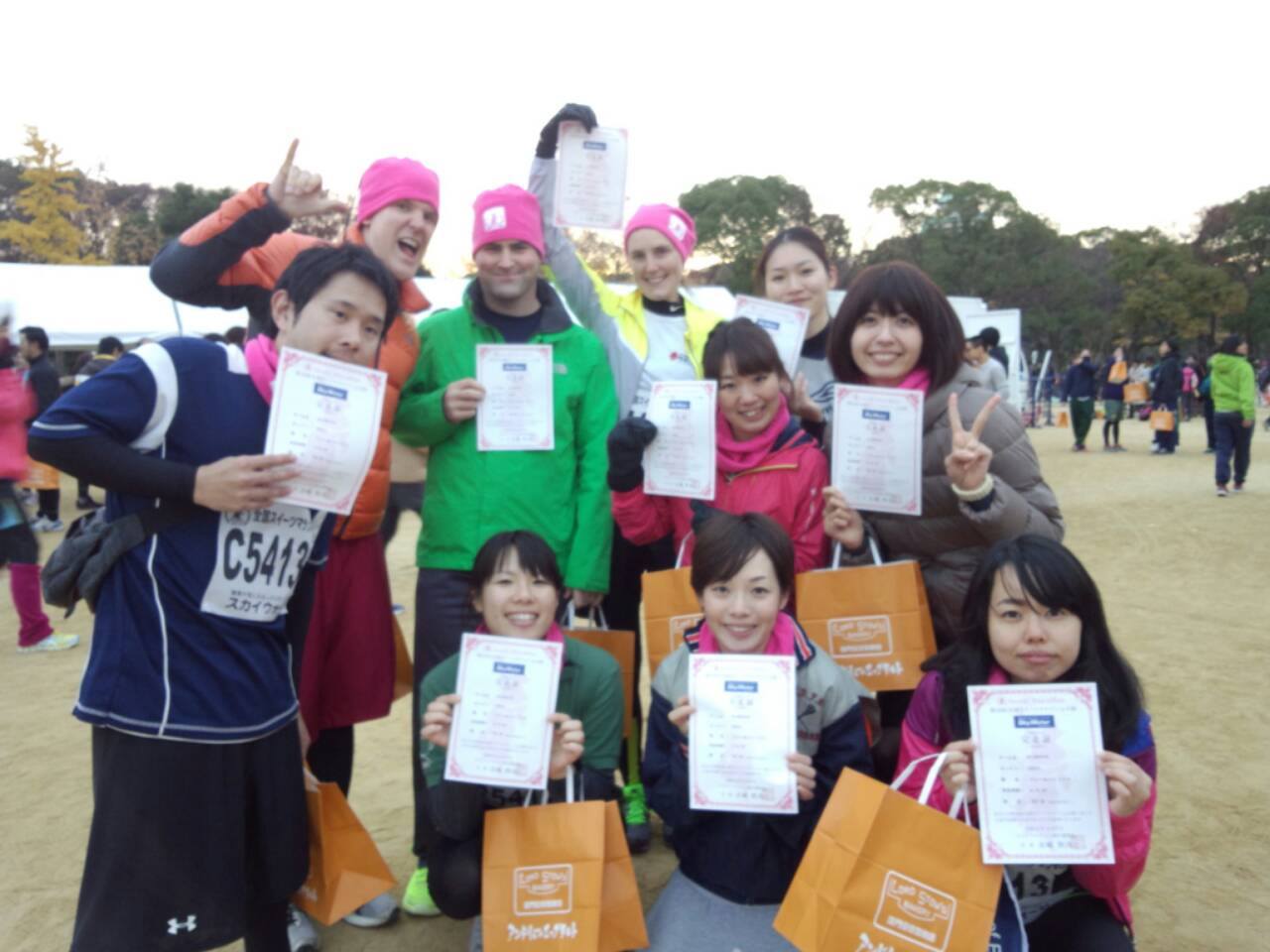So you’re going to take the driving test…
Note: This article is part of a series about getting a license. See the rest here.
So you’re going to take the driving test…
Depending on how many people you’ve talked to or how much of the internet you’ve read, you now fall somewhere between totally sanguine and scared shitless on the Akashi anxiety scale. We can help.
I totally drive in my home country and/or have been driving in Japan for like a year, plus the written test was easy. What’s to worry about?
I don’t want to alarm you, but you do not have a healthy amount of fear regarding this whole experience. Having heard plenty of testimony from ALTs about personal or friends’ experiences, I believe the average experience is to pass on about the third try. I know one person who passed on the first, and have heard tales of people who required as many as (or more than) eight.
The reason for this is, as explained by Ryan Parker, “Rather than a test to see how competent you are at driving, it’s really just an obstacle course.†Or in other words, this is the GRE: not to test how good you are at a thing, but to see how well you know and can take the test itself. Which means it doesn’t matter how well you drive or how long you’ve done it: what you need to know is the test and how it’s done.
After my first failure, which was for a totally legit and completely stupid (on my part) mistake, I was ready to re-do the test. After my second apparently (to me) reasonless fail, I was so mad I started thinking I ought to just scrap the whole driving plan:
This is going to be impossible. I might as well resign myself to walking, biking, trains, and taking the bus.
While these methods of transport are healthier, often both for yourself and for the earth, you need not choose them out of despair. It can be and has been done by those who have gone before you.
My first suggestion, especially for those who learn best hands-on, is to take a driving class. The only person I know to have passed the test on the first try took two of them, one-hour courses at our local driving school. Driving schools often have experience with this test and know all those little particular things it takes to pass. Reading about it and having someone watch you do it with corrections are very different for me – I have to see and feel something to really get it. This does cost money, of course, so if you are able to visualize easily, you may choose to skip it.
In Akashi, you will be given a map of the course, and some time to walk around on it before the test begins. Again, as a more hands-on person, I walked through the whole thing in order, pretending to be a car (I even jogged along the stretch where you’re supposed to get the speed up to 40, just to simulate that effect… yeah I made ferners look good that day) complete with blinkers, mirrors, and within-lane shifting, all of which are important in the test.
It’s also important to keep in mind that all the time you spend in front of the test evaluator is a performance, so presentation counts. Conduct yourself with a good attitude and politeness and it certainly won’t hurt you. (I read this website [http://www.ithinkimlost.com/japan-jet-school-related/11107-how-kick-japanese-drivers-license-test-face-your-first-try.html] to help me prepare, which is very detailed, but geared toward the Tokyo test. Most of the particulars are actually the same.)
I now feel that with proper preparation and perhaps practice, I can handle this test.
Good. You have a proper level of respect for what you are about to undertake – not crippling fear, but not blindness to the truth of its difficulty. You are ready for Ryan Parker’s notes.
Out of all the steps, the practical driving test is clearly the most troublesome, as you’ve probably heard. Rather than a test to see how competent you are at driving, it’s really just an obstacle course. By reviewing the course maps they give you beforehand for potentially difficult areas as well as visualizing driving the course in your head, you can mentally prepare, but it’s as much about technicalities as it is about driving. I scoured the web before taking my test, and below is the checklist I created for myself. Do you have to do all of the things I’ve listed below to pass? Probably not, but they worked for me (I passed on the second try after a dumb, relatively minor mistake cost me my first attempt). It helps to have a little polite Japanese ready, although it’s not entirely necessary. Generally, keeping a good attitude (even in the midst of a possible failure) won’t hurt. Some of the things will seem intuitive, but it’s easy to forget basic stuff if you get a little nervous.
———————————————————
Ryan’s Type-A Checklist for the Akashi Practical Test (by Ryan Parker)
*Before the Test*
If you get to ride along with someone else before your own test, say, “Shitsure shimasu” before entering the other person’s test car.
*Initial*
Check all around the car for objects.
Look left and right before entering car.
Ask, “Haitte mo ii desu ka?” before entering.
Say, “Yoroshiku Onegai Shimasu” Before Starting.
Check that the car is in Park with Emergency Brake Set.
Adjust Seat and Mirrors.
Lock the Doors.
Check that everyone is wearing his/her seatbelt.
Ask, “ii desu ka” before starting the engine.
Start Engine
Step on the brake, put the car in Drive, release the E-Brake.
Wait.
Look in the mirror and over your shoulder BEFORE starting.
Put on Left Blinker as you enter the road.
*During the Test*
Speak politely, confirming directions: “migi desu ka?”.
Use blinker well before the turn.
Look over the SHOULDER when turning LEFT and RIGHT.
Check all three mirrors when turning.
Use a blinker when changing road positions.
You can back up 3 times before failing in the tight turns.
Hug the left curb when turning left (make sure you veer to the left and drive on the far left side of the road to block off any imaginary biker WELL before the turn…they stressed this point after my first failure).
Hug the center when turning right.
Stop behind the white line.
Stop at stop signs for a full 3 seconds.
Check left, check right, check left before taking off.
*End of Test*
Pull the car to the stop.
Put the car in Park.
Pull the E-Brake.
Ask to turn off the engine.
Look in the mirror and over your shoulder before exiting.
After exiting, check to make sure it’s safe to cross the road.
Good luck!






